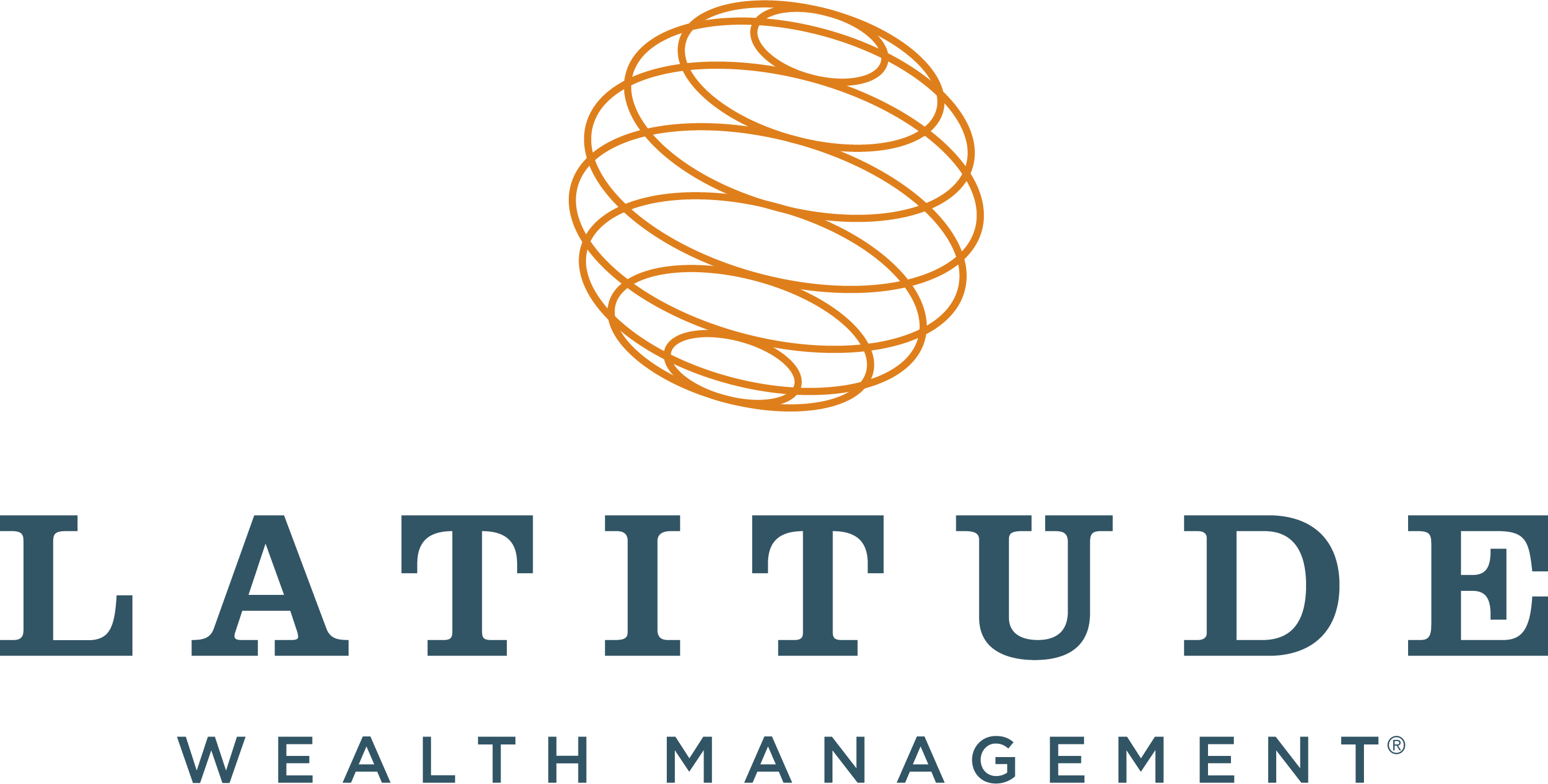Published by Ben Mathis
With the maturation of more recent generations, the variety of audiences that we face day to day is more diverse than it has ever been. We find ourselves needing to effectively communicate across generations more than ever before. Today, we find ourselves interacting with generations that represent very different perspectives and communications preferences:
- Traditionalists (born 1922-1945) – Tend to respect authority, place duty ahead of fun and are very directive. This generation generally prefers formal, written communications.
- Baby Boomers (1946-1964) – Generally are team-driven, demand high quality goods and services and are not afraid to question authority. One-to-one, in-person communication is preferred by this group.
- Generation X (1965-1980) – Desire structure and direction and view everyone as the same. Direct and timely communication after an event is effective with this group.
- Millennials (1981-2000) – This group tends to be entrepreneurial, goal-oriented and is very comfortable multitasking. They like to communicate less formally and instead opt to communicate electronically (text messages, IM, social media).
Given all of these “rules,” how can we be mindful of our audience and most effectively communicate with folks from each generational group? Fortunately, studies have proven that although the communication preferences across groups are very different, all generations are looking for the same things out of their relationships and communication:
- Reflection of their core values
- Respect
- Trust
- Loyalty
- Feedback
It’s important to consider your audience when communicating, as each generation has its own preferences and methods. Rather than focusing on a specific method of communication, work to assure that the values above are well-represented. Then focus on flexibility and communicate in more ways than one.
We strive to provide our clients with statements, market updates and newsworthy items via social media, email, USPS mail and in person. By using many outlets, we work to assure that every client, regardless of how they prefer to hear from us, are able to consume the information in whichever way they prefer.
Ultimately, the content and relevance of your message is the single most important factor of the effectiveness of your communications. As Stephen R. Covey once said, “Trust is the glue of life. It’s the most essential ingredient in effective communication. It’s the foundational principle that holds all relationships together.”

